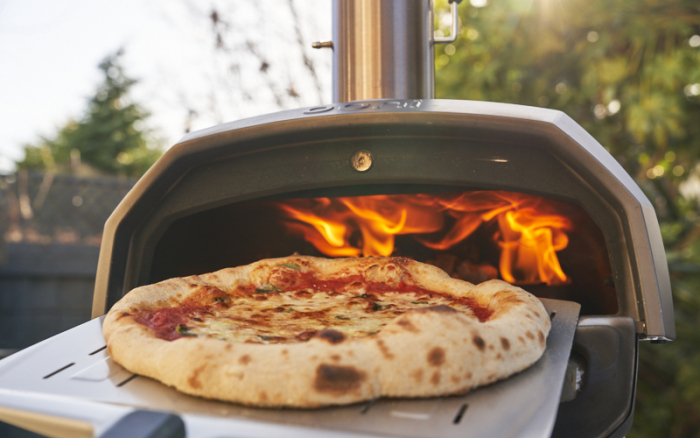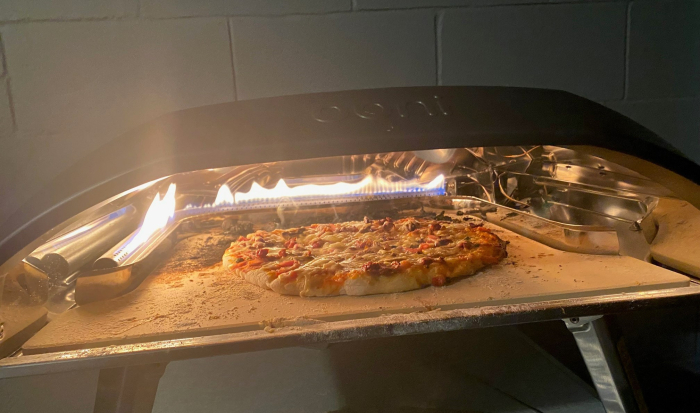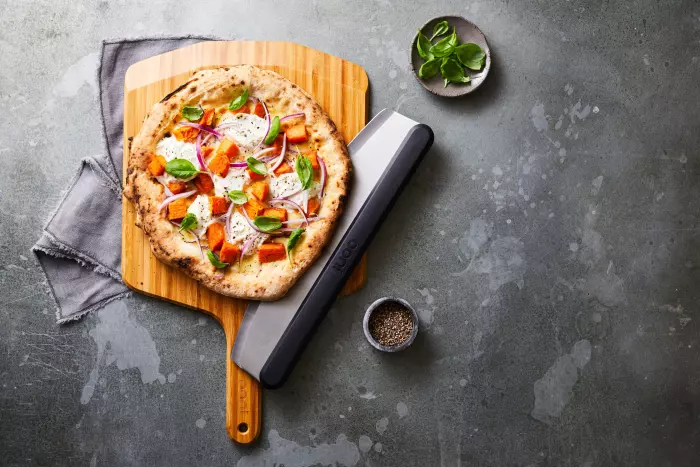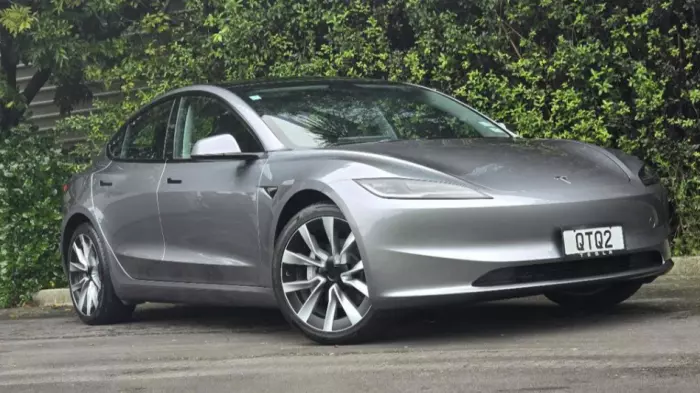I like pizza. It's uncomplicated, delicious, reasonably priced and generally, you don't need to be a Michelin-starred chef to construct one.
But despite being essentially contrived from the same basic components – a base crust, sauce, cheese and toppings – pizzas are far from created equal.
I've sampled my fair share, from the family-styled wood-fired beauties at Little Aosta bistro in Arrowtown, Central Otago, to seasonal creations favoured by the bar patrons at Bivacco, on Auckland's waterfront.
At the other end of the scale are the fast-food versions, used to feed hungry teenage football teams and generally sourced at Domino's and Pizza Hut. At between $5 and $12 each, their nutritional value can't really be faulted either – although I draw the line at the seemingly ever-popular Hawaiian version.
But I was certainly a willing test subject when Scottish company Ooni offered to send over one of its gas-powered pizza ovens for a test drive in late March. That was orchestrated ahead of its official April 4 launch in this country.
Ooni, founded in Edinburgh in 2012 by Finlander Kristian Tapaninaho and his wife, Darina Garland, now lays claim to being the world's number-one pizza oven brand, offering a range fuelled by either wood pellets, charcoal or gas.
Mobility key
The company, which fast-tracked its expansion through several crowdfunding rounds on Indiegogo and Kickstarter, rebranded from Uuni – meaning "oven" in Finnish – in 2018. Its first oven iterations quickly grabbed a loyal international following.
In New Zealand, its range has been trimmed to four options – the Karu 12 and 16 multi-fuel ovens and the bigger Koda 12 and 16 gas-powered versions.
The Koda 16, our test victim (which retails for $1,299), weighs in at about double the multi-fuels' 12kg. Much of that weight comes from the baking stone, which slides very easily into the base of the unit.

The lighter, smaller multi-fuel option is slightly more mobile than the gas-powered oven. (Image: Ooni)
That makes it less portable, though, insofar as you won't fit it into a backpack for a camping or ski trip, but it does boast a much larger cooking area and it heats up faster.
The opening is also big, coming in at just over 52cm, and the single igniter and temperature dial is both easy to assemble and use.
And at the risk of offending my brother-in-law, who took several years to build his well-used land-based pizza oven in his back garden, it does pretty much the same job and has about the same capacity. All while producing less wood ash with which to flavour your pizza – particularly for the first few diners.
Variable performance
Ooni suggests it takes 15 minutes to hit 500C. It also touts cooking a 16-inch pizza within a minute. Our results were slightly variable, depending on the thickness of the pizza, but in general we found a cooking time of two minutes.
That the oven develops a dramatic amount of heat in a short space of time is undeniable. To make sure the heat is at an acceptable level before ploughing your creation into the machine, Ooni recommends its infrared thermometer ($90) as an essential item. It was handy, and was summarily also used to test the temperature of guests, pets and cocktails.
Our delivery also came with the pizza peel ($90) and a 16-inch serving board and professional pizza cutter – though those are generally add-ons.
And if I could find any fault, it is that the L-shaped flame led to hot spots, meaning the pizza needs to be turned fairly frequently, and that can take some dexterity.
It also meant some level of heat adjustment, as I nuked the first couple of pizzas, which were at full furnace-blast temperature.

Slightly charred first efforts. (Image: BusinessDesk)
I would also mention that this model, which is a little cheaper than the $1,699 multi-fuel option, can be used only with gas.
Spilled cheese and tomato base found their way liberally onto the baking stone and were almost impossible to clean off, but they added character to the look of the unit for subsequent uses.
The Ooni is perfectly capable of fulfilling BBQ duties, too, but we did discover that the heat variance requires some devoted attention from the chef. And a separate cooking tray is suggested for meatier non-pizza options.
All up, the Koda 16 is ideal for people with smaller homes or apartments. Folk who want to make pizzas next to the lake in summer or on the ski slopes in winter might prefer the smaller multi-fuel option.
Website: nz.ooni.com















